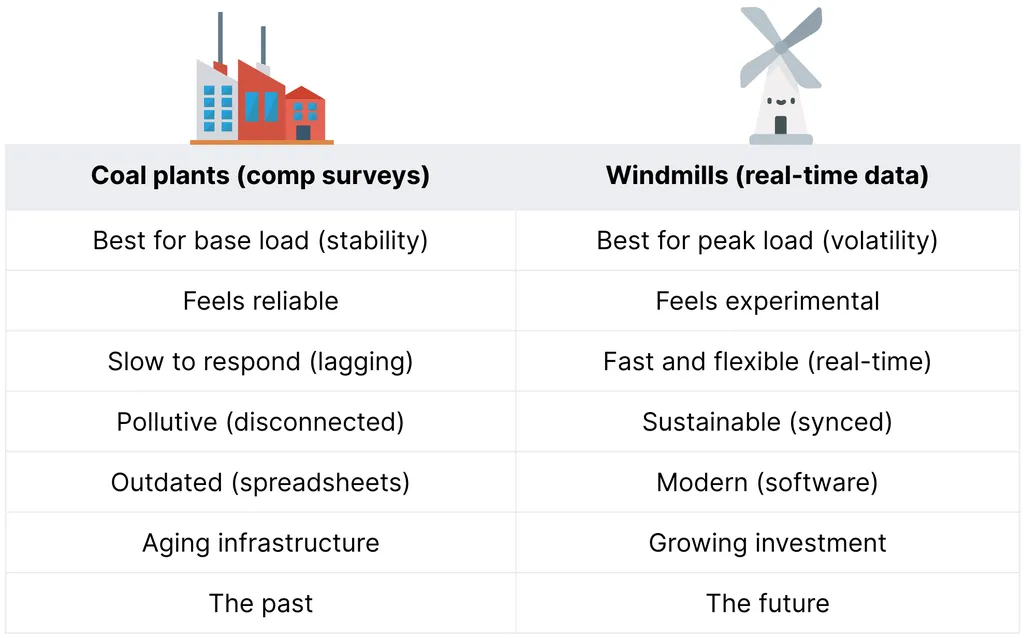In the quest for a stable and sustainable energy future, researchers are increasingly turning to hybrid systems that combine renewable energy sources with traditional power generation. A recent study published by Yuhua Liu and colleagues from the State Key Laboratory of Coal Conversion at the Institute of Engineering Thermophysics, Chinese Academy of Sciences, sheds new light on the role of coal-fired power units within wind-solar-thermal storage systems. The findings, published in the journal Energies, could significantly influence how energy providers balance cost, reliability, and environmental impact.
The study delves into the operational dynamics of integrating coal-fired power with wind and solar energy, aiming to ensure a steady electricity supply. Liu and his team developed a model that examines the temporal production characteristics of wind and solar power, providing a framework for optimizing the use of coal-fired units within a hybrid system. “Our model helps quantify the impact of coal-fired power on the overall stability and cost-efficiency of the system,” Liu explained. “By understanding these interactions, we can better design clean energy bases that meet both economic and environmental goals.”
One of the key insights from the research is the relationship between the installed capacity of coal-fired power and the daily power supply capability of energy storage systems. As the proportion of wind and solar power in the output mix decreases, the minimum operational load of coal-fired units becomes a critical factor in reducing power curtailment rates. The study found that reducing this minimum load can lead to significant operational cost savings, more so than simply downsizing the installed capacity of coal-fired units or energy storage devices.
The research also identified an optimal scenario where wind and solar power generation constituted 76% of the total output. This configuration ensured stable power output for 95% of the days in a year, with a wind and solar power curtailment rate of 11.3%. The energy supplied by storage devices in this scenario amounted to 1000 MWh, with the ratio of the installed capacity of coal-fired power to the total installed capacities of wind and solar power remaining at 25%.
The implications for the energy sector are profound. As countries strive to meet their renewable energy targets, the integration of coal-fired power units with wind and solar energy can provide a bridge to a more sustainable future. By optimizing the operational parameters of coal-fired units, energy providers can reduce costs and minimize environmental impact, making the transition to clean energy more economically viable.
Liu’s work highlights the importance of flexibility and sequential production in achieving a balanced energy mix. “The future of energy lies in hybrid systems that can adapt to varying conditions and optimize the use of available resources,” Liu said. “Our study provides a roadmap for energy providers to achieve this balance, ensuring a stable and reliable electricity supply while moving towards a cleaner energy landscape.”
As the energy sector continues to evolve, the insights from this research could shape the development of clean energy infrastructures worldwide. By understanding the interplay between different energy sources, providers can make informed decisions that balance cost, reliability, and environmental sustainability. The findings published in Energies (which translates to Energies) offer a valuable data foundation for the development of future energy systems, paving the way for a more resilient and sustainable energy future.

